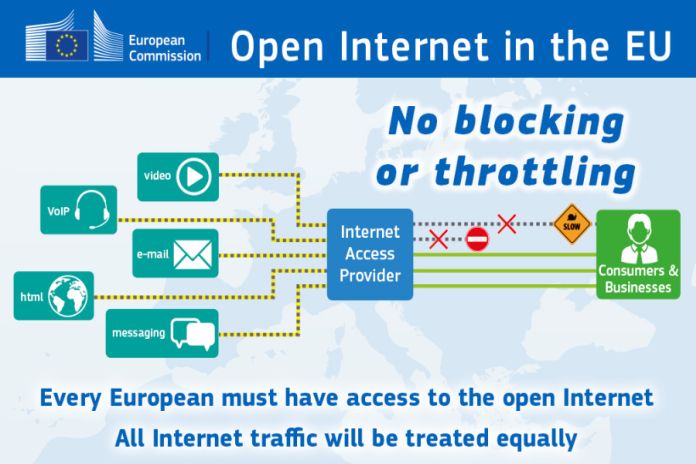GENEVA, Switzerland – The EU has set an ambitious goal to make Europe the most connected continent by 2030, so everyone can enjoy the opportunities of the digital transition.
Central to this effort are the EU connectivity policies, which aim to harmonise regulations to foster services and expand networks across the EU. These objectives are part of the EU’s broader Digital Decade goals to ensure that European households have access to high-speed internet coverage by 2025 and gigabit connectivity by 2030.
One of the most successful initiatives has been WiFi4EU. It promotes free access to Wi-Fi for citizens in public spaces such as parks, squares, public buildings, libraries, health centres, and museums. With more than 90, 000 access points available throughout Europe, this initiative has been particularly impactful in remote and underserved regions. In Patmos, Greece, it has brought reliable internet access to the island’s residents and visitors, enabling them to stay connected with the rest of the world.
Similarly, in Guadeloupe, an outermost region of the EU, the deployment of WiFi4EU has had a positive impact on the daily lives of tourists as well as its inhabitants. It has also strengthened access to digital education and business.
The EU is currently advancing other connectivity initiatives like the deployment of fibre and 5G networks, which will offer significant economic opportunities, enable innovation and support the digital transformation. Additionally, the Connecting Europe Facility – CEF Digital continues to support strategic projects that ensure robust and secure digital infrastructures across Europe.
Through these initiatives, the EU is not only enhancing connectivity, but also promoting cutting-edge technologies, and ensuring that digital services are accessible and affordable across all regions, paving the way for a more connected and digitally resilient Europe.
The post The EU works to bring you better WiFi and connections appeared first on Caribbean News Global.

